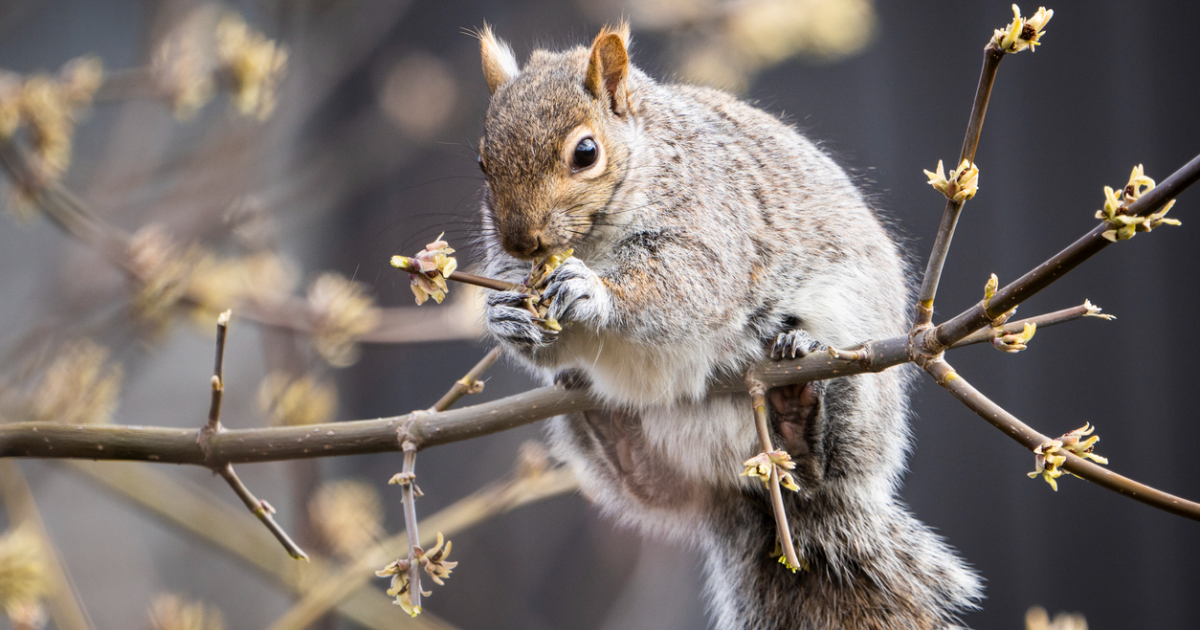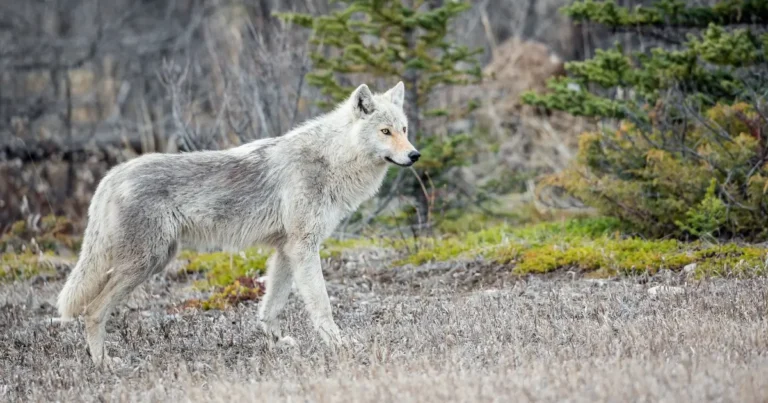
Photo by LaSalle-Photo / Getty Images
Spring is on the way, marking the perfect time to talk to your municipality about tree planting programs that can support wildlife and your local ecosystem.
Tree planting programs are when municipalities, either on their own or with the support of other government or NGO programs, offer native species of trees to residents. These trees are typically planted on a boulevard or near the road of houses. Programs like this can help increase the overall canopy cover for a region (how much of the area is underneath the canopy created by trees), decrease water runoff, and decrease the impacts of urban pollution and climate change. These plantings are also significant for local wildlife in a number of ways:
1Home sweet home. Trees create habitat for numerous species of birds and mammals. Nests can be built in the branches; knots or holes in the tree’s trunk can be utilized; and cavities created by roots over time make for excellent dens.
2 Fast food. Trees produce seeds in various forms and most of them will be edible to local wildlife: berries, fruits, and nuts are natural ways to add resources to an ecosystem without directly feeding (which is often hazardous). It’s important to clean up after your tree if you have bears or other large animals whose presence may be considered disruptive by conservation authorities, or if your community is managing negative encounters. Even the fallen leaves, if left, will feed the soil as they decompose!
3 Safety. Mother bears (sows) encourage their cubs to climb trees when they’re left alone during foraging or when danger is near. Squirrels have long learned to escape to trees when dogs (or other predators) come near. Some species of trees, such as spruces or the red-osier dogwood, provide low-hanging cover for many animals, like rabbits who will seek safety under trees while eating in a meadow.
Tree planting improves air quality, reduces costs related to heating and cooling of homes, reduces water runoff and increases detention, and giving them a hug can improve our mood. Between these benefits and those to local wildlife, choosing to participate in a local or municipal tree planting program is a sure way to support the animals.
Learn more about local planting programs by contacting your municipality, using a 3-1-1 service, or visiting your local library or naturalist club. Have wildlife benefited from your municipally planted tree? Let us know on our Facebook or Instagram pages, or send us an email at info@TheFurBearers.com.
